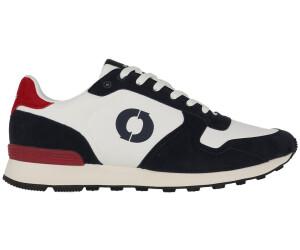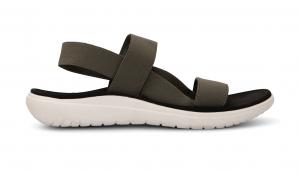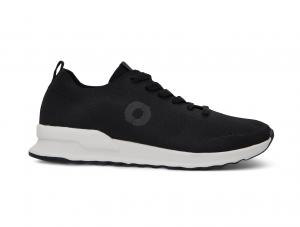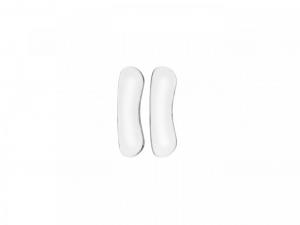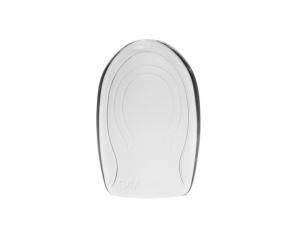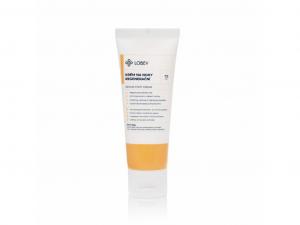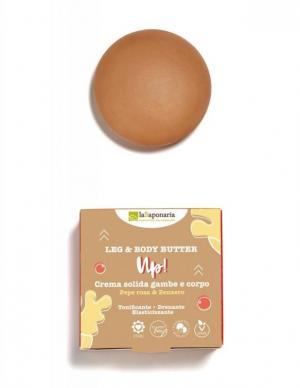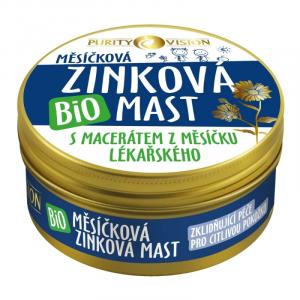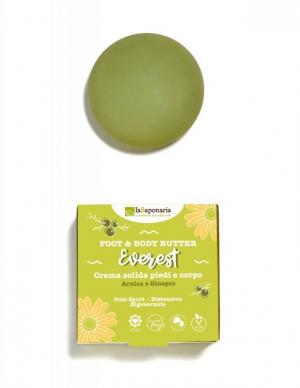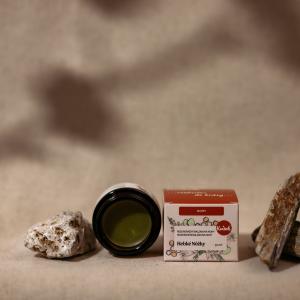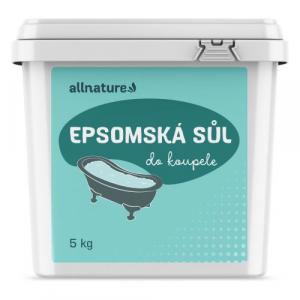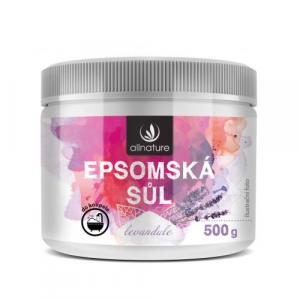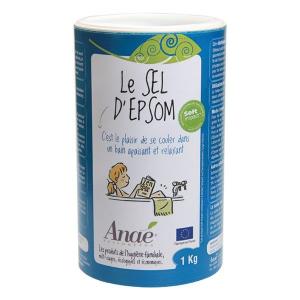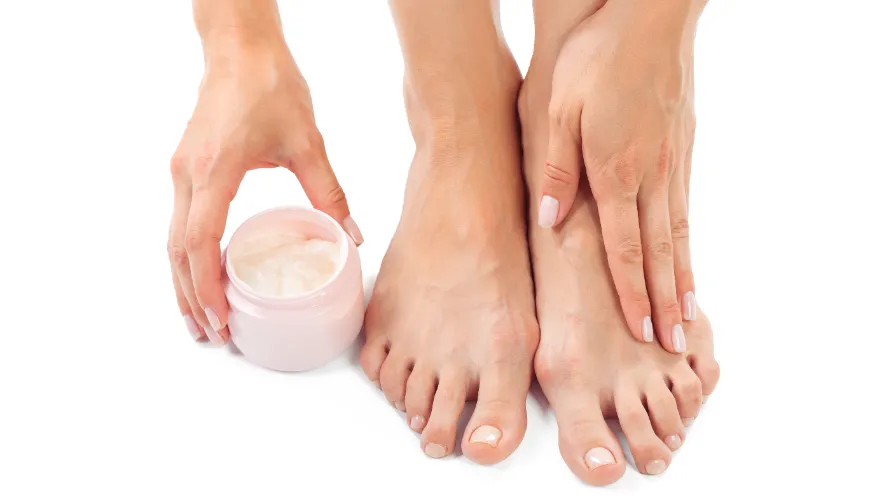
Effective Methods to Remove Hard Skin on the Heel

Hard skin on the big toe is a problem many people encounter. It can be not only unpleasant but also painful. Are you interested in how to get rid of this nuisance and how to prevent it? Read our detailed guide, which will provide you with all the information you need to know about this common issue.
What is hard skin on the big toe?
Hard skin, also known as a callus, is an area of hardened and thickened skin that most commonly appears in places exposed to pressure and friction. On the feet, this is often the big toe, as it bears a significant portion of the body’s weight when walking. Hard skin is caused by repeated mechanical irritation, leading to the formation of a protective layer of skin. Although this phenomenon is a natural defense reaction of the body, it can be very unpleasant.
Causes of hard skin on the big toe
There are several primary causes of hard skin on the big toe. The first is unsuitable footwear. Shoes that are too tight, narrow, or have high heels can cause excessive pressure on the toe and contribute to the formation of calluses. The second cause is walking barefoot. Walking on hard surfaces without shoes can lead to the formation of hard skin. The third cause is sports activities. Running, hiking, or other activities that put stress on the feet can also cause the development of hard skin.
Try our natural products
The fourth cause is orthopedic problems. Some foot deformities, such as hammer toes or flat feet, can increase pressure on certain parts of the foot, which leads to the formation of calluses. These factors cause repeated mechanical irritation, leading to the formation of a protective layer of skin. Although this phenomenon is a natural defense reaction of the body, it can be very unpleasant. Prevention of hard skin formation includes wearing comfortable footwear, using orthopedic insoles, regular foot care, and using protective aids such as gel pads or patches.
How to prevent hard skin formation
Prevention is always better than cure. So how can you prevent the formation of hard skin on the big toe? First and foremost, it is important to wear comfortable footwear. Choose shoes that fit well and support the arch of the foot. Avoid shoes that are too tight and high heels, which can cause excessive pressure on the toes and contribute to the formation of calluses. If you have orthopedic problems, consult your doctor about the possibility of using special insoles. Orthopedic insoles can reduce pressure on problematic areas of the feet and thus prevent the formation of hard skin.
Another step is regular foot care. Incorporate foot soaking, exfoliation, and the use of moisturizing creams into your routine. Soaking your feet in warm water helps soften the skin, exfoliation removes hardened skin, and moisturizing creams keep the skin soft and supple. Using protective aids, such as gel pads or patches, can protect problematic areas from further friction and pressure.
Try our natural products
How to get rid of hard skin
If you already have hard skin on your big toe, there are several ways to get rid of it. The first step is to soak your feet in warm water with the addition of salt or mild soap for 10-15 minutes. This soaking softens the hard skin and makes it easier to remove. After soaking, use a pumice stone or exfoliating foot file. Gently remove the hardened skin, but be careful not to injure the healthy skin.
The next step is hydration. After exfoliation, apply a moisturizing cream, preferably containing urea or salicylic acid, which help keep the skin soft and smooth. These ingredients are known for their abilities to soften and hydrate hard skin, thus preventing its reformation.
There are also special products available in pharmacies for softening hard skin. Consult with a pharmacist about which product would be most suitable for you. These products often contain active ingredients that help soften and remove hard skin more effectively than regular creams.
Home remedies
Some people prefer natural methods for caring for hard skin. Here are some popular home remedies. The first is a combination of olive oil and sugar. Mix a tablespoon of olive oil with a teaspoon of sugar and use this mixture as an exfoliating scrub. Massage the affected area for a few minutes and then rinse with warm water. Another method is using apple cider vinegar. Soak your feet in a solution of apple cider vinegar and water in a 1:1 ratio for 10 minutes.
Vinegar helps soften hard skin, which you can then more easily remove. The last popular remedy is a banana peel. Place the inside of a banana peel on the hard skin and secure it with a bandage. Leave it on overnight and rinse in the morning. Banana peel contains enzymes that help soften the skin.
Although most cases of hard skin can be successfully treated at home, there are situations when it is better to seek professional help. If the hard skin causes pain, bleeds, or is infected, you should consult a doctor. Similarly, if you have diabetes or other health issues affecting circulation or healing, you should consult a professional about caring for hard skin.
Try our natural products
How to keep feet healthy
Keeping your feet healthy is key to preventing hard skin. Here are some tips on how to care for your feet. Regularly check your feet for any changes or problems. Trim your nails straight and not too short to prevent ingrown toenails. Wear socks that fit well and are not too tight. Avoid wearing socks made of materials that retain moisture. Regularly moisturize your feet and indulge in massages that improve circulation and keep the skin supple. These simple steps will help you keep your feet healthy and prevent problems with hard skin. Care for your feet with love and regularity to maintain their health and comfort. Regular care is essential for preventing unpleasant problems and maintaining overall foot health.
Hard skin on the big toe can be an unpleasant problem, but with proper care and prevention, you can easily get rid of it and prevent its formation. Invest time in proper foot care and choose suitable footwear to keep your feet healthy and problem-free. And think about it: isn't it better to spend a little time on prevention than to struggle with painful calluses later? Your feet will thank you for it.
